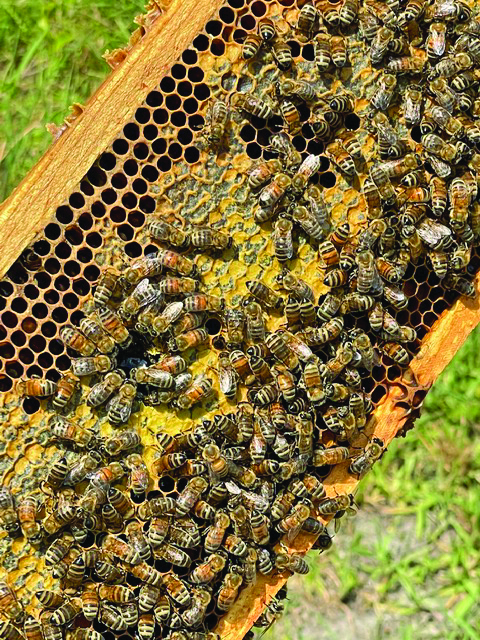September has been named as Honey Month, honoring the very first sweetener used by man. Thick, golden and naturally sweet, it’s created by bees when they collect plant pollen and nectar. The nectar is combined with an enzyme produced by honeybees and stored in a honeycomb cell. The moisture within the cell is reduced, concentrating the product.
Fossils of honeybees date about 350 million years ago. The first record of organized beekeeping dates to ancient Egypt. The Egyptians used honey as a sweetener, to placate their gods and to heal wounds. Even the mummified were included—they took it with them into their later life.
The Romans also presented honey to their gods but also used it extensively in cooking, thus beekeeping flourished throughout the empire. The Germans in the 11th century used honey as currency.
Honey continued to be important to Europe until the arrival of sugar with the Renaissance. By the 17th century sugar was being use regularly as a sweetener, and honey had taken a...
To view the rest of this article, you must log in. If you do not have an account with us, please subscribe here.

